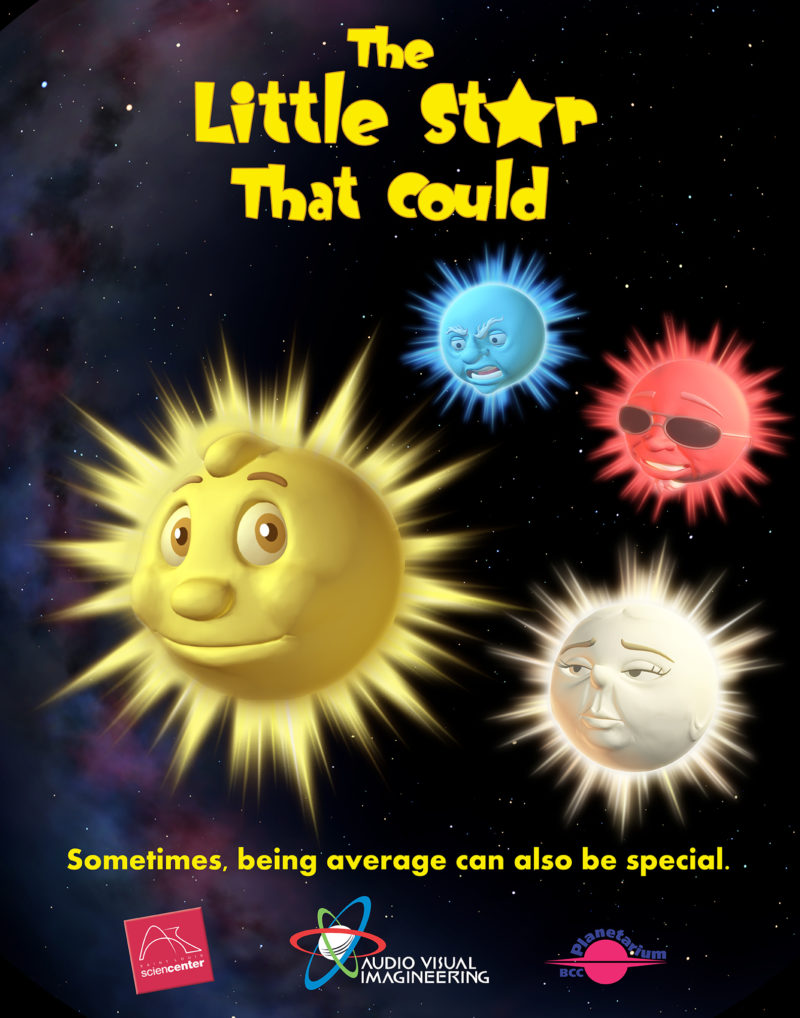
The Little Star That Could
(Ages Pre-K through 3rd Grade; about 40 minutes)
More than 25 years ago, the popular and well-loved story "The Little Star That Could" was created by Saint Louis Science Center as a classic planetarium show. "The Little Star That Could" is a story about Little Star, an average yellow star in search for planets of his own. Along the way, he meets other stars, learns what makes each star special, and discovers that stars combine to form star clusters and galaxies. Eventually, Little Star finds his planets. Each planet is introduced to your audiences with basic information about our Solar System.
Education & Activity Guide: Grade K-2, Grade 3-6
|
The Moon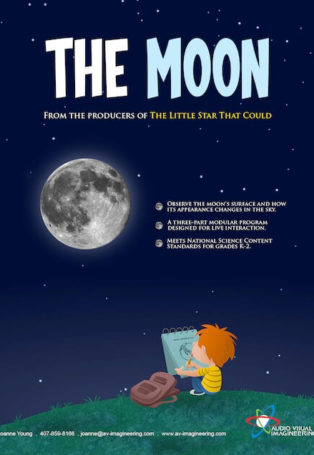
(Ages PK through 2nd Grade; about 30 minutes)
What is the object closest to us in space? Observe the Moon's surface and how its appearance changes in the sky.
Aimed at Year 1 to Year 4 students, this three-part film focuses on observations of the Moon.
Part 1 - the observable features of the Moon (3min)
Part 2 - the apparent daily motion of the Moon (4min)
Part 3 - the pattern of change in the Moon’s appearance/phases (11min)
Education & Activity Guide:
|
Cosmic Colors: An Adventure Along the Spectrum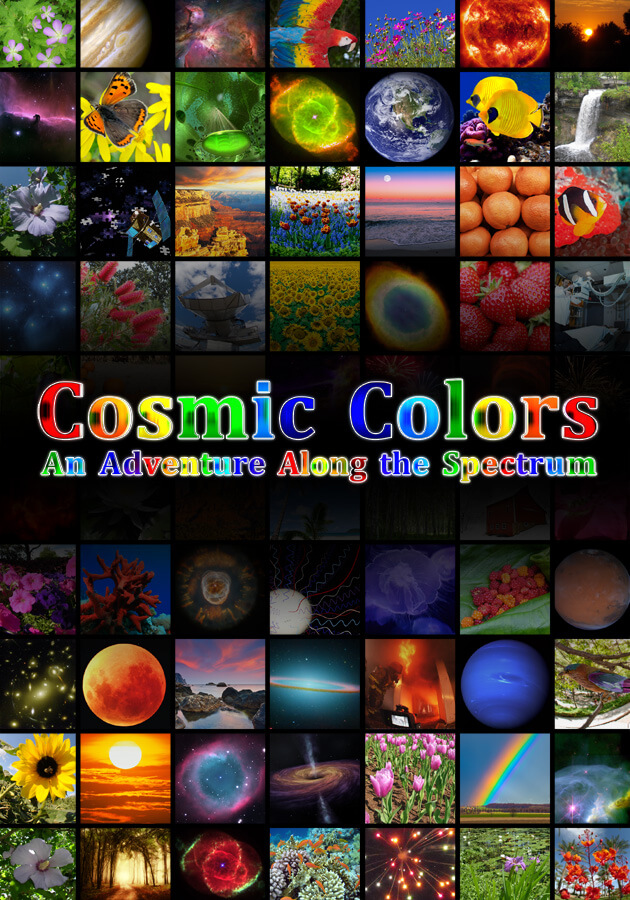
(General Public; about 30 minutes)
This show is great fun for the whole family. "Cosmic Colors" will take you on a wondrous journey across the entire electromagnetic spectrum. Discover the many reasons for color—like why the sky is blue and why Mars is red. Take a tour within a plant leaf and journey inside the human eye. Investigate x-rays by voyaging to a monstrous black hole and then back at your doctor’s office. Explore the world of infrared in a roaring fire, and even discover what may have been the actual color of a dinosaur. Enjoy a wondrous journey through the world of color and beyond!
|
Two Small Pieces of Glass – The Amazing Telescope 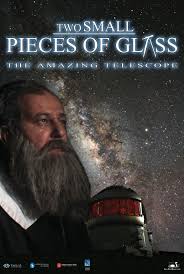
(Ages 10+, General Public; about 31 minutes)
“Two Small Pieces of Glass – The Amazing Telescope” fulldome show follows two students as they interact with a female astronomer at a local star party. Along the way, the students learn the history of the telescope from Galileo’s modifications to a child’s spyglass — using two small pieces of glass — to the launch of the NASA/ESA Hubble Space Telescope and the future of astronomy. Aiming to engage and appeal to audiences of all ages, the show explores the wonder and discovery made by astronomers throughout the last 400 years. While looking through the astronomer's telescope, explore the Galilean Moons, Saturn's rings, and spiral structure of galaxies, and learn about the discoveries of Galileo, Huygens, Newton, Hubble, and many others.
|
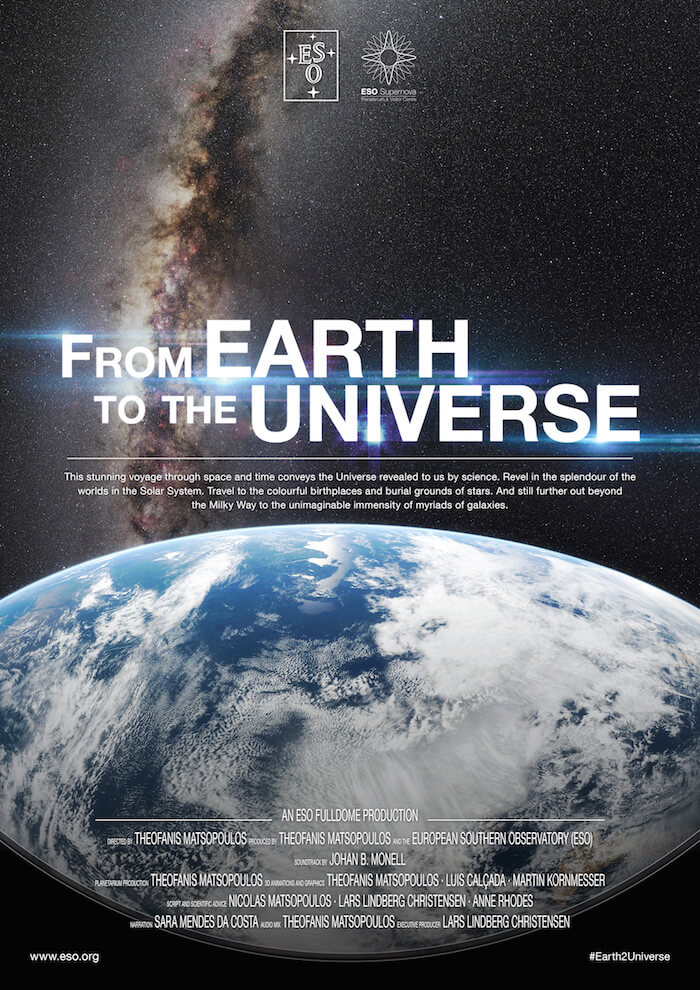
From Earth To The Universe
(Ages 10+, 3rd through 12th Grade; about 35 minutes)
The night sky, both beautiful and mysterious, has been the subject of campfire stories, ancient myths, and awe for as long as there have been people. A desire to comprehend the Universe may well be humanity’s oldest shared intellectual experience. Yet only recently have we truly begun to grasp our place in the vast cosmos. To learn about this journey of celestial discovery, from the theories of the ancient Greek astronomers to today’s grandest telescopes, we invite you to experience “From Earth to the Universe.”
|
Seeing!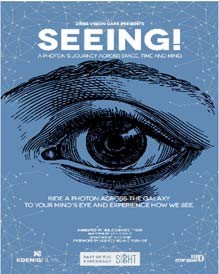
(Ages 10+, 5th through 12th Grade; about 30 minutes)
The story of light, sight, and vision. We begin with a photon’s creation inside a distant star and follow its immense journey across the galaxy into the eye of a young stargazer. As the photon enters, we learn about the structures of the eye & their functions and we ride along the optic nerve traveling the pathways of our brain, resulting in an image in our mind. Narrated by Neil deGrasse Tyson.
Workbook available for download
|
Sunstruck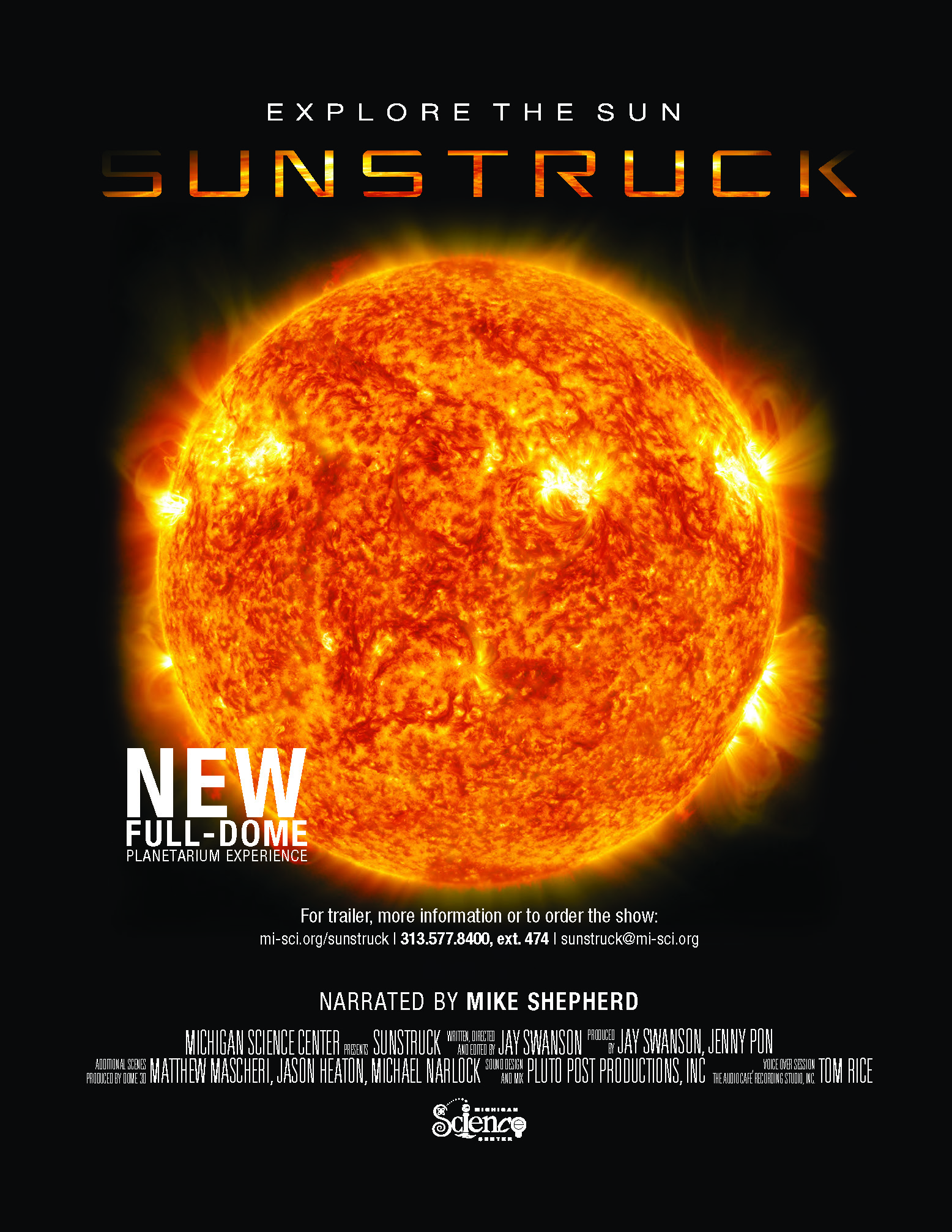
(Ages 8+, 3rd through 12th Grade; about 25 minutes)
Travel back to the beginning of time and experience the birth of the Sun. Explore the science of our Sun like never before! This feature displays information on the Sun, parts/layers, space weather, its impact on Earth and much more. Discover how it came to support life, how it threatens life as we know it, and how its energy will one day fade away!! Audiences will gain an enhanced understanding of the Sun and how it impacts our world.
Education & resource guide available for download
|
Cosmology 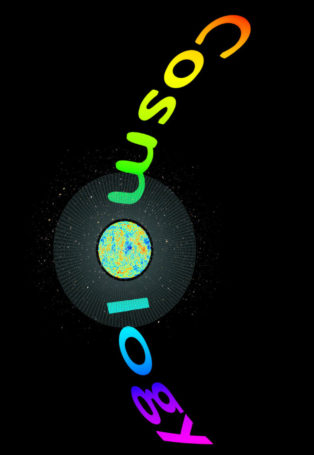
(Ages 14+, General Public; about 35 minutes)
The study of our universe is as old as time, yet our understanding of the origins and nature of the universe is less than 100 years old. From our earliest theories about the size of the universe to the big bang theory, this show details how our understanding has evolved over time.
|
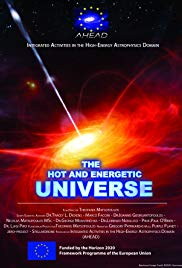 The Hot and Energetic Universe The Hot and Energetic Universe
(Ages 10+, 6th Grade through Adult; about 30 minutes)
“The Hot and Energetic Universe” presents the fascinating world of high energy astrophysics. High energy astrophysics plays a key role in understanding the universe, as these radiations reveal the processes in the hot and violent universe. High energy astrophysics probes hot gas in clusters of galaxies, which are the most massive objects in the universe. It also probes hot gas accreting around supermassive black holes in the centers of galaxies. Finally, high energy radiation provides important information about our own galaxy, neutron stars, supernova remnants and stars like our Sun which emit copious amounts of high-energy radiation. Come and learn about your hot and energetic universe!
|
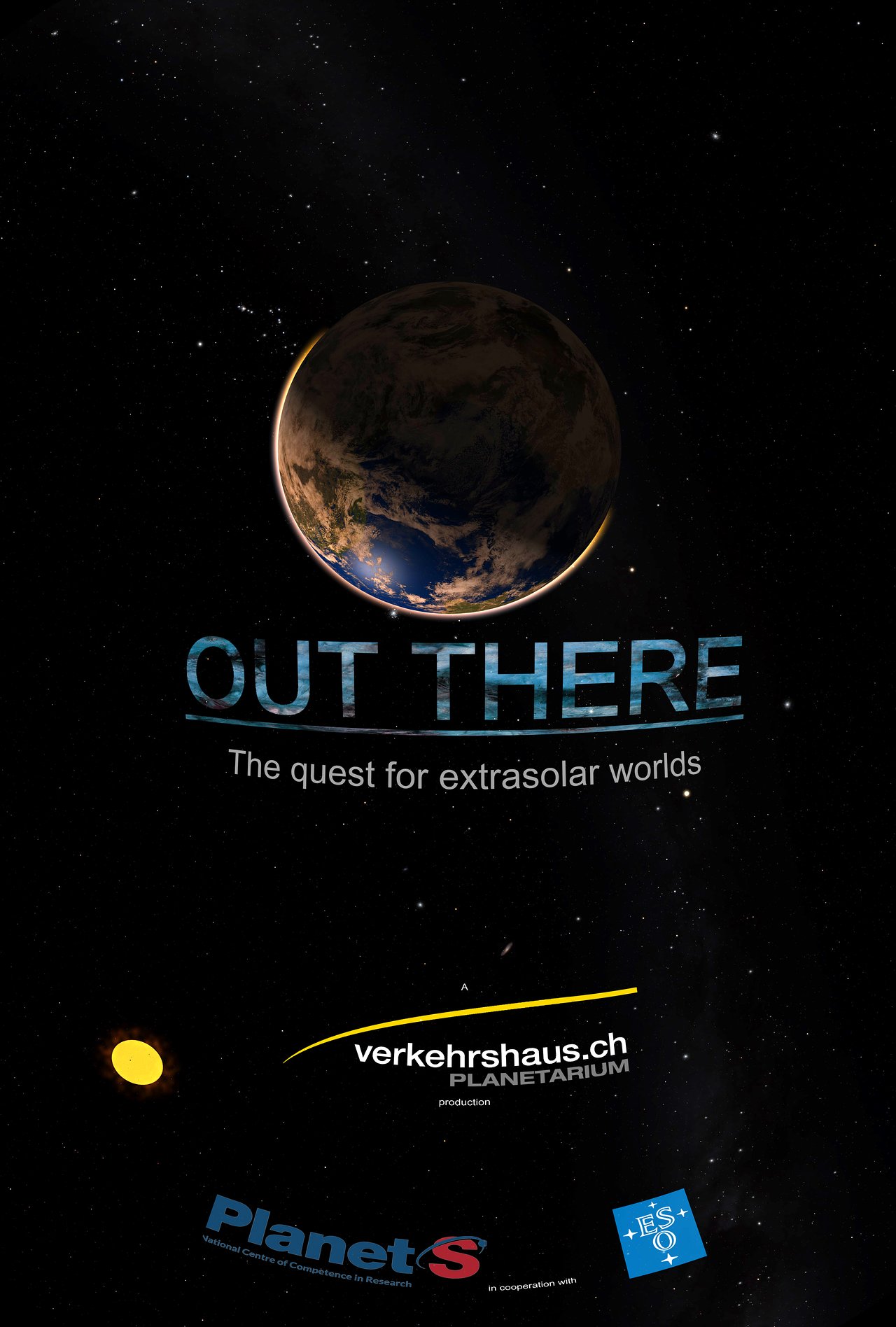 Out There — The Quest for Extrasolar Worlds Out There — The Quest for Extrasolar Worlds
(Ages 6+, 3rd Grade through Adult; about 30 minutes)
For thousands of years, mankind thought that the Earth was the center of the Universe. Thanks to our curiosity, imagination, and urge to explore, we now know that planets like our Earth are nothing special in the cosmos. The Sun is just one ordinary star among hundreds of billions in our galaxy, the Milky Way. With the world’s most powerful telescopes, we are able to explore more and more of the Universe. What we have found so far has surpassed even the wildest expectations of scientists as well as authors of science fiction. Most stars have planets — it turns out they are more common than we thought. A huge diversity of different worlds is out there, just waiting to be discovered.
|
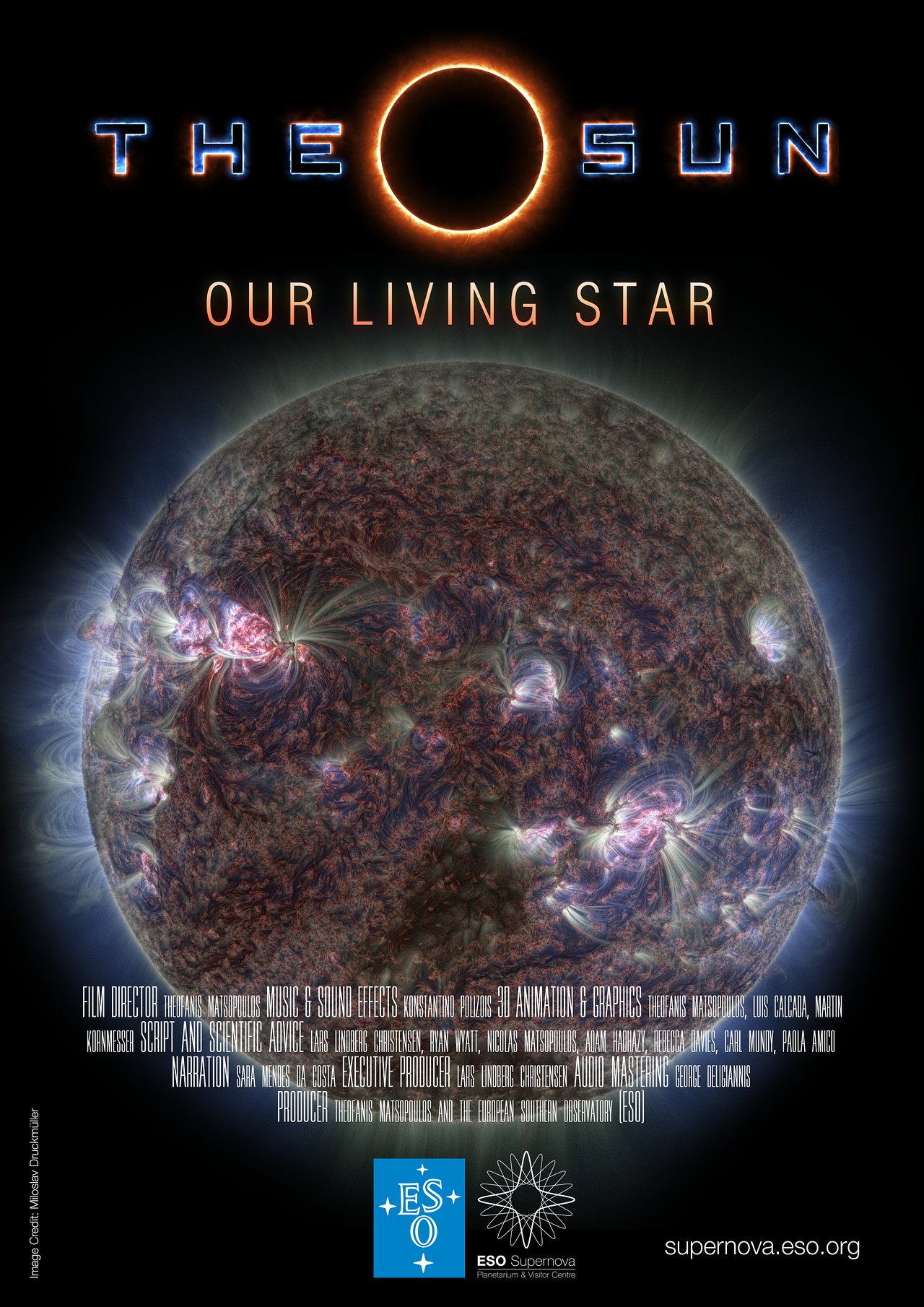 The Sun, Our Living Star The Sun, Our Living Star
(Ages 3rd Grade through Adult; about 25 minutes)
Discover the secrets of our star in this planetarium show and experience never-before-seen images of the Sun’s violent surface in immersive fulldome format. The passage of the Sun’s fiery disc across the sky — day by day, month by month — was the only way to keep track of time for countless past civilizations. Don’t be fooled by the terminology; although it is a typical dwarf star, the Sun consumes 600 million tons of hydrogen each second and is 500 times as massive as all the planets combined. Seizure warning: There is a portion of the show with flashing lights.
|
Mayan Archaeoastronomy: Observe the Universe 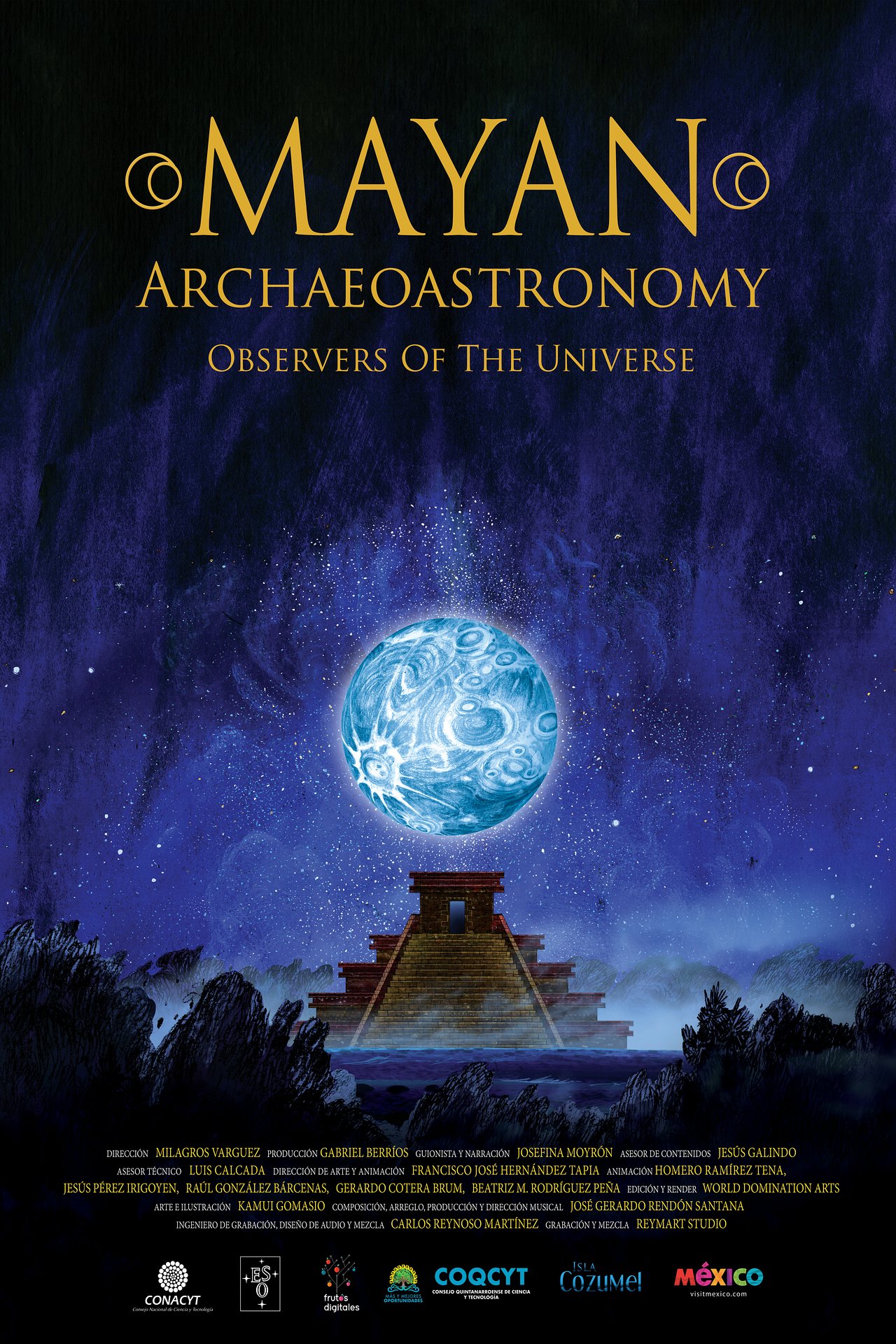
(Ages 10+, grades 5-12, General Public; about 25 minutes)
Experience the cosmos through the eyes of the ancient Mayans! In a feast of colors and sounds, take a tour of six Mayan temples: San Gervasio, Chichen Itzá, Uxmal, Edzná, Palenque and Bonampak. Dive into the Mayan world of knowledge about the importance of the orientations of temples in relation to the movement of some stars like the Sun, the Moon and Venus.
|
Mexica Archaeoastronomy: Between Space and Time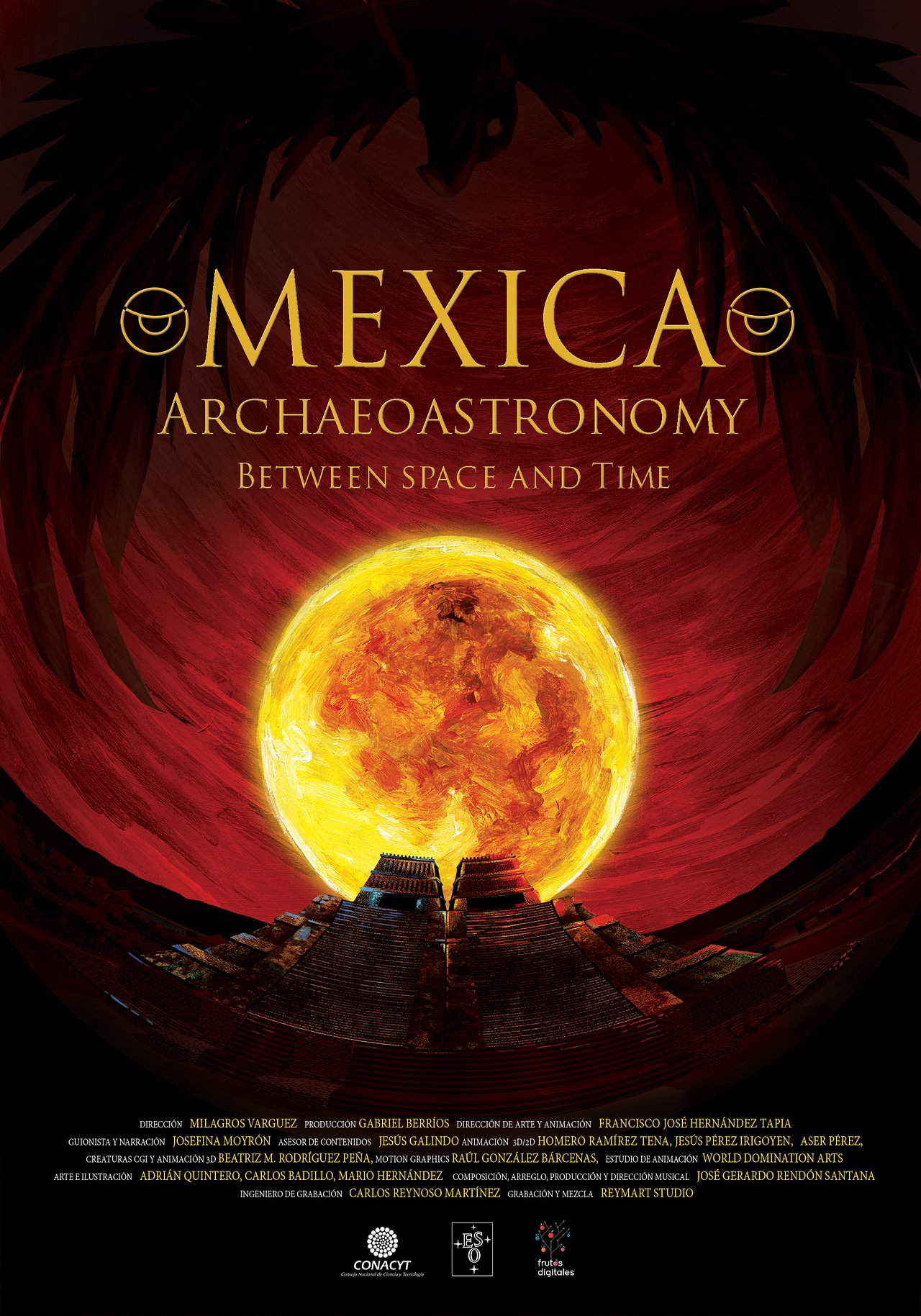
(Ages 10+, grades 5-12, General Public; about 25 minutes)
Through impressive immersive scenarios, "Mexica Archaeoastronomy: between space and time" illustrates the important role played by astronomical observation for the evolution of pre-Hispanic cultures in central Mexico. The Mexicans used the calendrical and astronomical knowledge inherited by their predecessor cultures to found the capital of their empire: Tenochtitlan. Vibrant colors, shapes, and sounds transport the viewer to one of the most important cultures that, to this day, still lives in the heart and skin of the Mexican people.
|
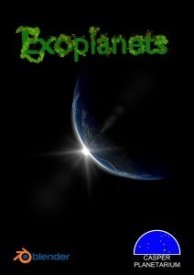
Exoplanets
(Ages 12+, General Public; about 30 minutes)
Learn about planets beyond our solar system and techniques astronomers use to find them. Winner of the Associazione dei Planetari Italiani Planetarium Video Competition.
|
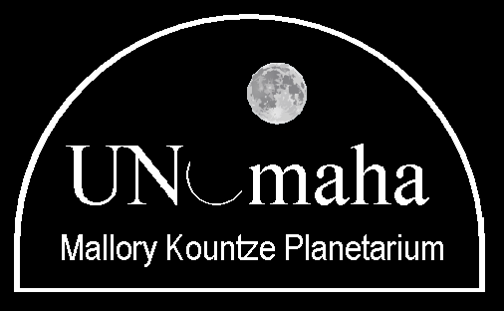 What's Up
What's Up







 The Hot and Energetic Universe
The Hot and Energetic Universe Out There — The Quest for Extrasolar Worlds
Out There — The Quest for Extrasolar Worlds The Sun, Our Living Star
The Sun, Our Living Star


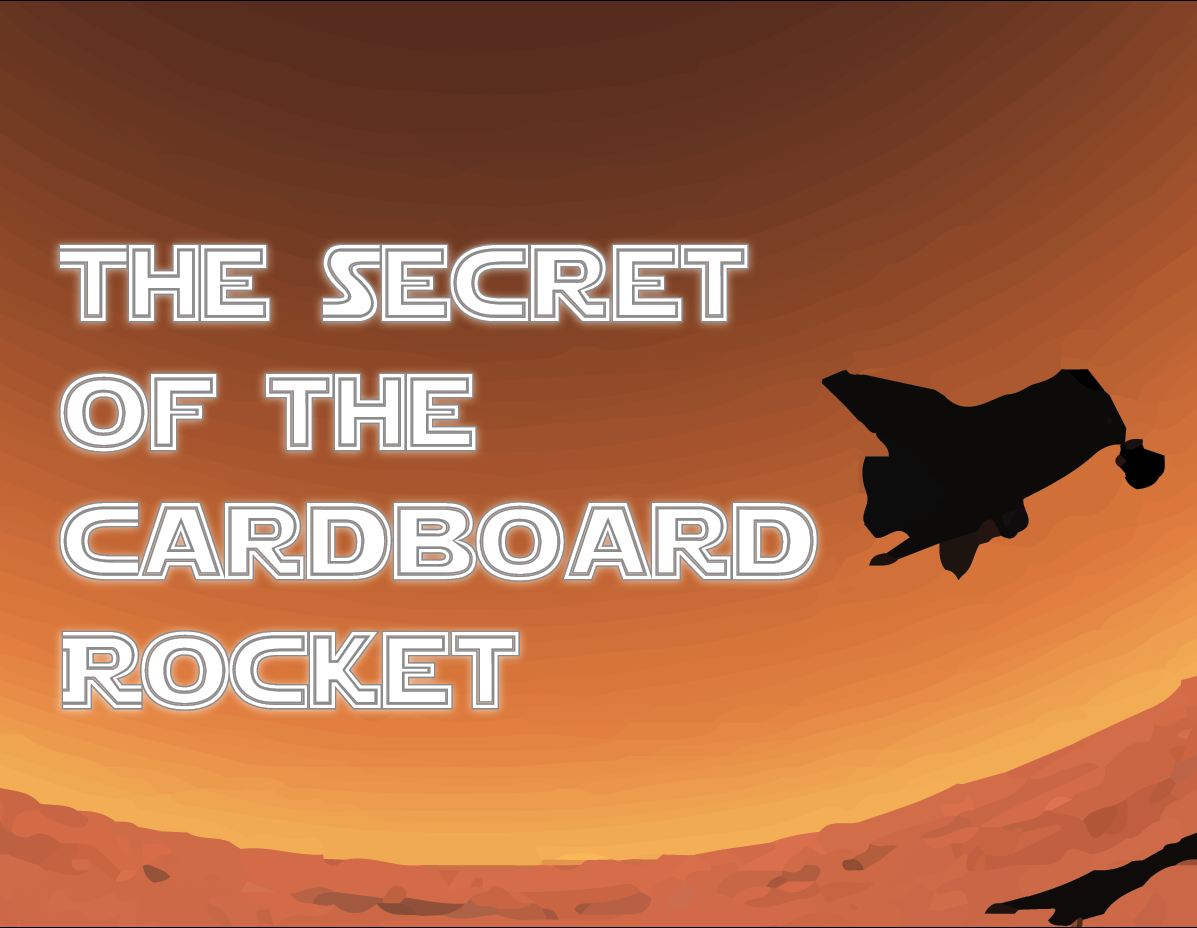
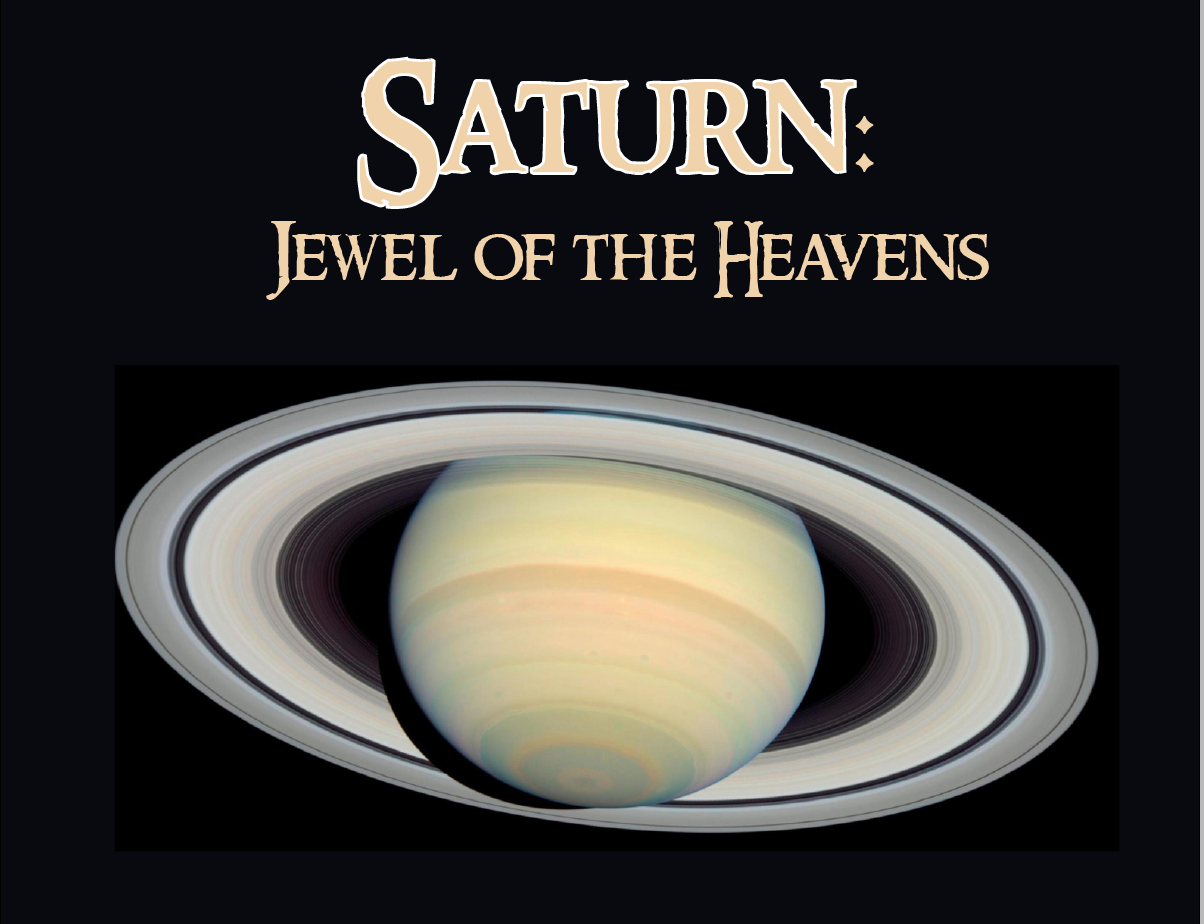
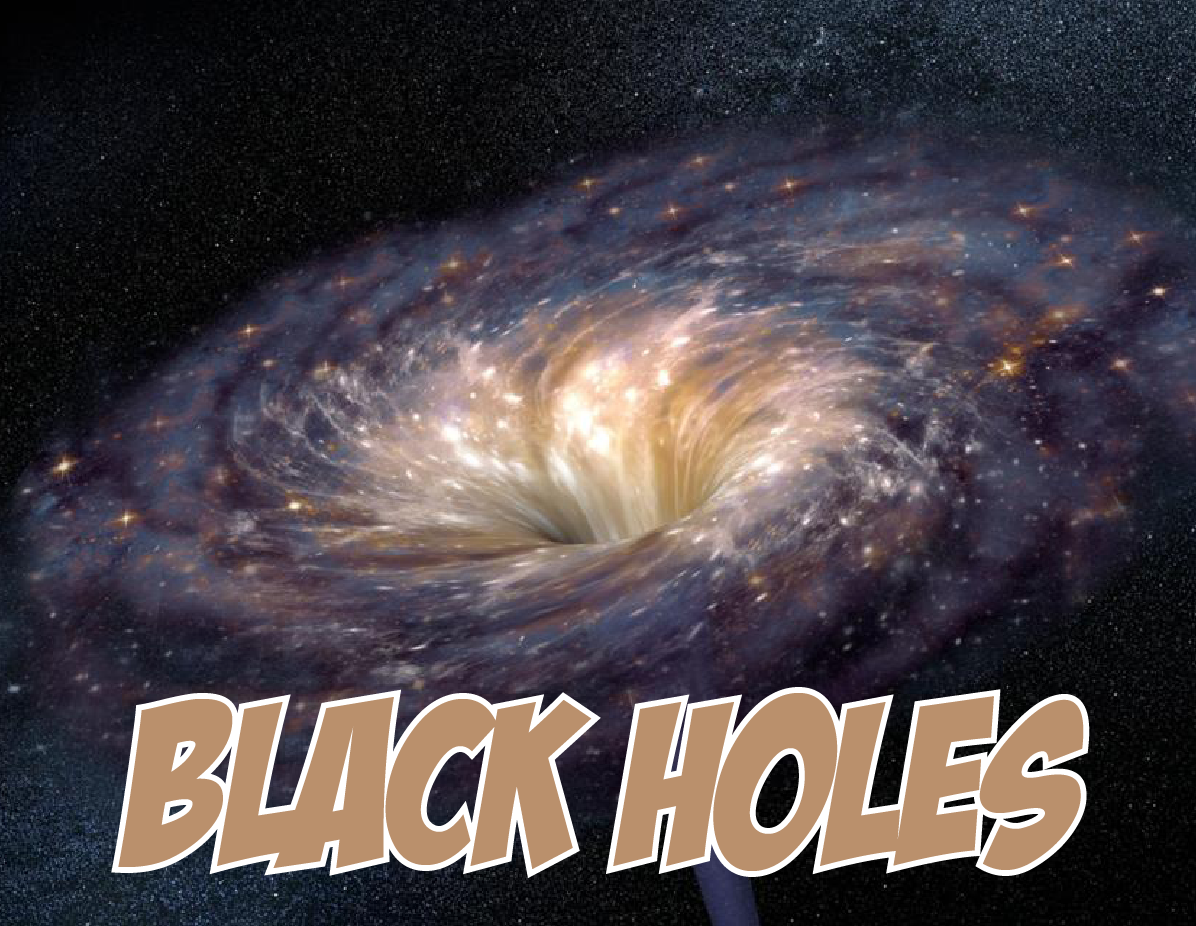
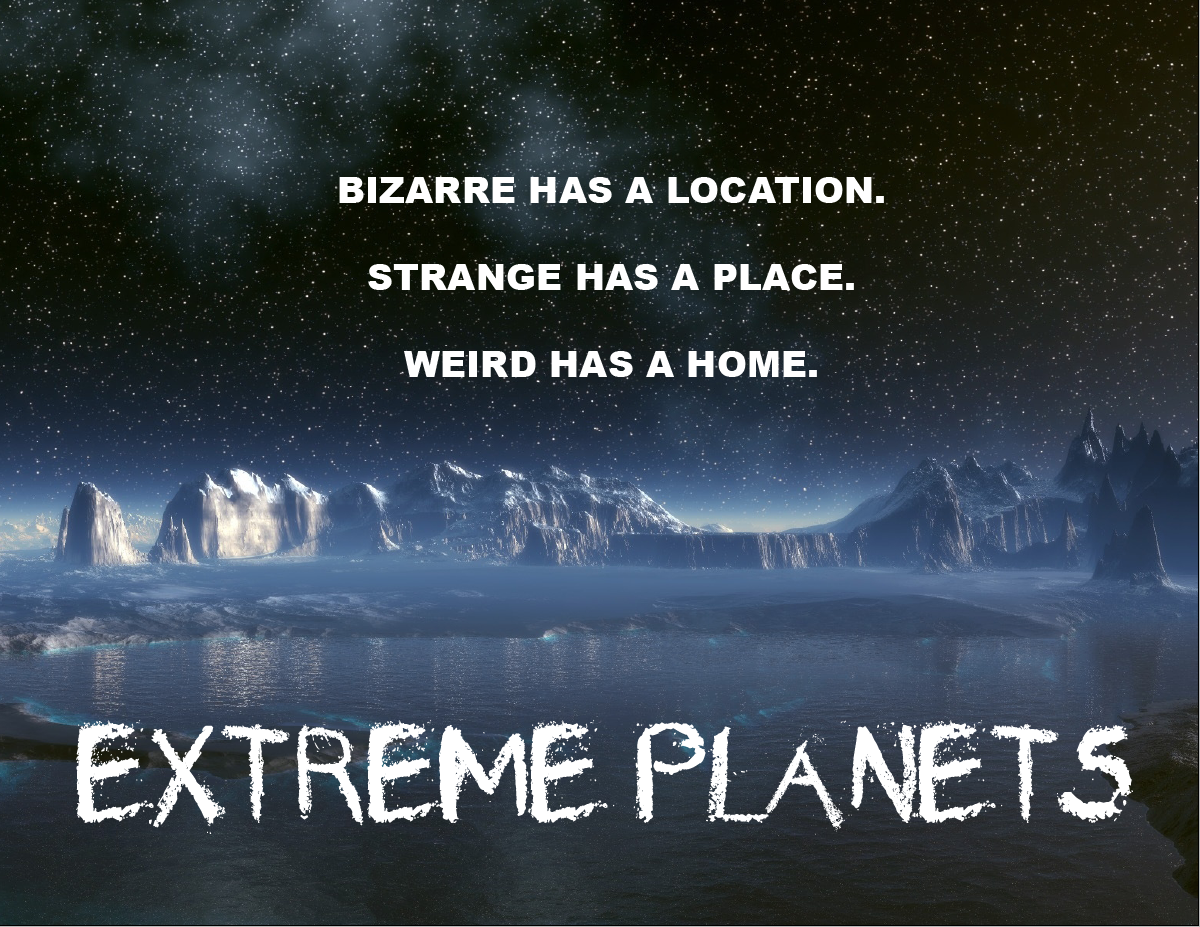
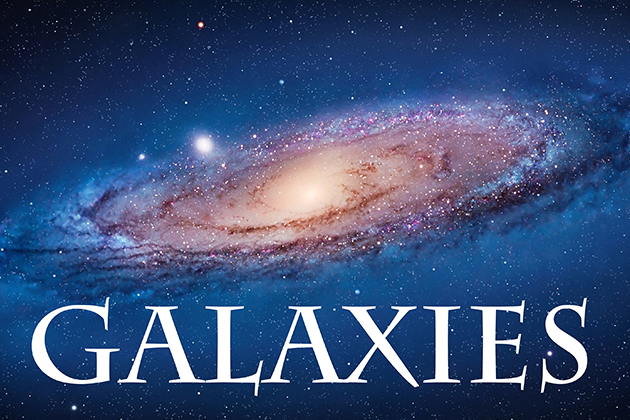 Galaxies
Galaxies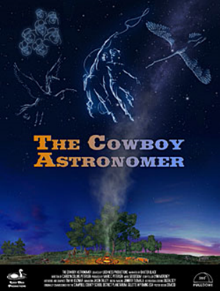 The Cowboy Astronomer
The Cowboy Astronomer The People
The People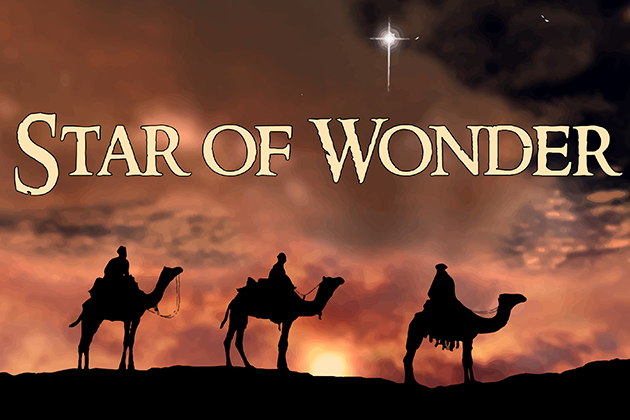 Star Of Wonder
Star Of Wonder